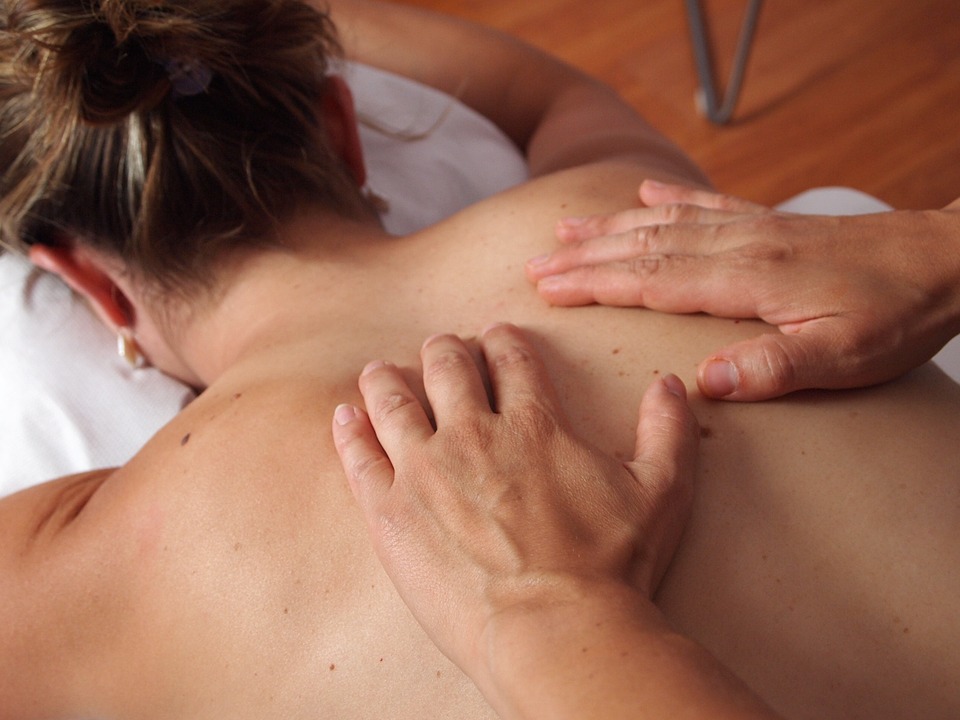A hamstring injury is a result of the excessive load of the musculotendinous unit. These injuries can present a real challenge for both rehabilitation professionals and athletes alike, as muscle injuries account for ~ 1/3 of all sports-related injuries. It can occur in several manners such as a high velocity concentric (shortening) contraction of the muscle unit, an excessive stretch of the muscle unit or eccentric loading (lengthening) of the unit.
It can be graded from 1-3 in severity, with 1 being a slight strain, to grade 3 being a complete rupture of the muscle-tendon and/or muscle fibres. Early symptoms that a client could experience include spasm in the hamstring region, bruising, and pain on activation of this unit including functional activities like stairs, slight squats, walking. There may also be sensitivity with the touch of this area, similar to a sunburn. This is called allodynia, and is due to the nociceptive activity of the nerves in the region, in combination with the inflammation that is present as your body enters the initial phases of healing.
The hamstring muscle will enter well-understood phases of healing. These include:
1: Inflammation (3-7 days)
Disruption and necrosis of the myofibrils in the muscle via the hematoma formation (bruising) in the space between the torn muscle and the proliferation of cells of inflammation.
2: Repair (4-21 days)
Regeneration of the myofibrils in the muscle, production of scar tissue and regeneration of both the vascular (blood) supply and nerve growth.
3: Remodelling (14 days to 14 weeks)
The scar tissue will mature, strengthen, along with the myofibrils in the muscle. The muscle functional capacity will begin to reorganize based on the activity demands placed on the muscle.
Although these healing times cannot be sped up, they can be optimized. Some modalities one may see in the early phases of healing include cryotherapy (reduction of tissue temperature), therapeutic ultrasound and low-level laser therapy. Although these all present with varying levels of research supporting their use, they still are often found being used through clinics during the early stages of rehabilitation. Manual therapy may be used to address any joint restrictions that may have led to the excessive hamstring loading in the first place. Common areas to see addressed include the lumbar spine (low back), the pelvis/hip, the knee and the foot/ankle. Manual therapy may also be used to address the neural system, given that the sciatic nerve is what supplies the hamstring musculature, as well as the myofascial system, to ensure that the scar is maturing and ultimately strengthening so that it may better tolerate the demands that will be placed on it. The protocol will then most likely include therapeutic exercise including gradual loading of the muscle in a step-wise fashion, as well as a gradual return to sport criteria.
All of the above is imperative, as, in the athletic population, these injuries have a high recurrence rate. It appears a common conception that most muscle injuries “heal on their own”. However, through a comprehensive clinical examination, your therapist may be able to better break down the biomechanics of why that hamstring failed in the first place, and not only aid in a better recovery of the muscle itself, but ultimately prevent future injuries in that region. Rehabilitation will address your flexibility as well as strength/muscular deficits of the upper/lower extremities. It will deal with neuromuscular control, and the ability of the muscle to tolerate eccentric loads (gradual lengthening under tension). There is some compelling evidence for low-level laser therapy in the early stages of the rehabilitation process, and through all of this, the hope is to prevent occurrence.
Stay Mobile,
Travis Gaudet MScPT., BScKin., F.C.A.M.P.T., Dip.Manip.PT., cGIMS
References:
1. Canadian Physiotherapy Association – Orthopaedic Theory Manual II Notes
2. Imaging of Muscle Injuries in Sports Medicine: Sports ...
pubs.rsna.org/doi/full/10.1148/radiol.2017160267.
3. Ramos, Gabriel Amorim, et al. “Rehabilitation of Hamstring Muscle Injuries: a Literature Review.”
Revista Brasileira De Ortopedia, Elsevier, 15 Dec. 2016,
www.ncbi.nlm.nih.gov/pmc/articles/PMC5290083/.





